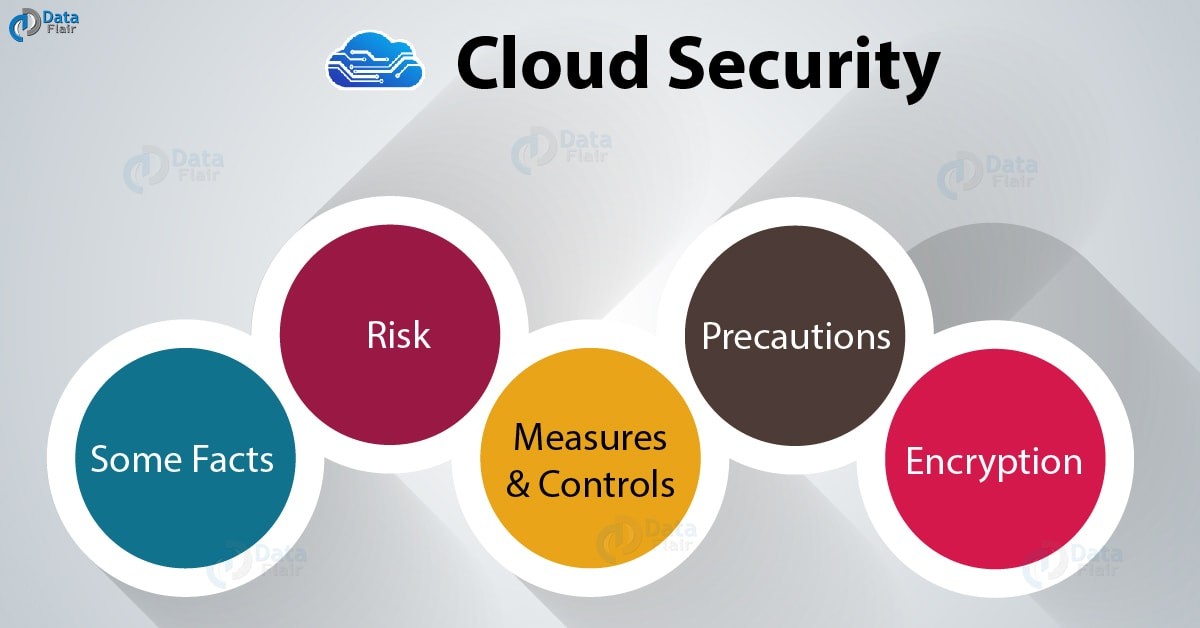Ensuring Robust Cloud Computing Security Measures
Understanding Cloud Computing Security
Cloud computing has revolutionized data storage and accessibility, but security concerns persist. Understanding the nuanced landscape of cloud security is crucial. It involves measures to protect data, applications, and infrastructure stored and accessed remotely.
Encryption Protocols and Data Protection
Implementing robust encryption protocols ensures data confidentiality in transit and at rest. Encryption transforms data into unreadable formats, safeguarding it from unauthorized access. Leveraging encryption keys and secure communication channels enhances overall data protection.
Identity and Access Management (IAM)
IAM strategies are pivotal in cloud security. Effective management of user identities and access privileges ensures that only authorized individuals can access specific resources. Implementing strong authentication measures, such as multi-factor authentication, adds an extra layer of security.
Regular Security Audits and Monitoring
Continuous security audits and monitoring are indispensable for identifying vulnerabilities and potential threats. Regularly assessing the cloud infrastructure helps in proactively addressing weaknesses and anomalies, ensuring a robust security posture.
Patch Management and Updates
Timely application of security patches and updates is critical in mitigating vulnerabilities. Regularly updating software and systems ensures that known security loopholes are patched, reducing the risk of exploitation by cyber threats.
Incident Response and Contingency Planning
Having a well-defined incident response plan is essential. Preparing for potential security breaches involves establishing protocols for detecting, responding to, and recovering from incidents. Rapid response minimizes the impact of security breaches.
Compliance and Regulatory Adherence
Adhering to industry-specific regulations and compliance standards is imperative. Different sectors have distinct data protection requirements. Aligning cloud security measures with these regulations ensures legal compliance and data integrity.
Secure Cloud Architecture Design
Designing a secure cloud architecture is foundational. Employing best practices such as segregation of duties, network segmentation, and implementing firewalls creates a robust security framework.
Employee Training and Awareness
Human error remains a significant vulnerability in cloud security. Comprehensive employee training programs on cybersecurity best practices raise awareness and minimize risks associated with unintentional data exposure or social engineering attacks.
Vendor Management and Due Diligence
Selecting reliable cloud service providers and conducting due diligence is crucial. Evaluating their security protocols, certifications, and compliance standards ensures that the chosen vendors meet security expectations.
Strengthen Your Cloud Security
To fortify your cloud infrastructure against potential threats, explore comprehensive Cloud Computing Security Measures tailored to your business needs. Stay ahead in the ever-evolving landscape of cloud security.

